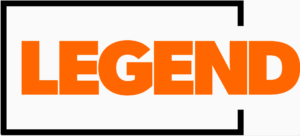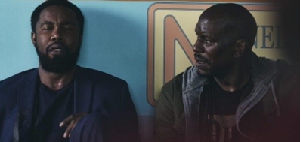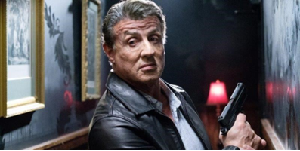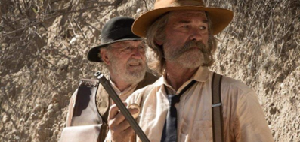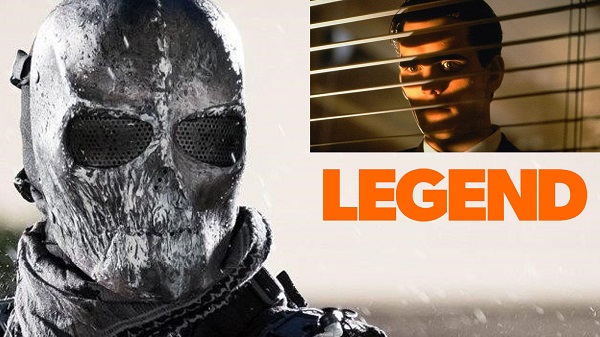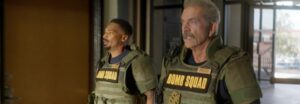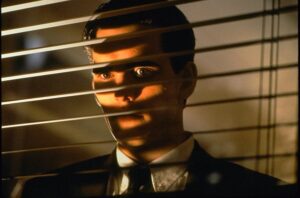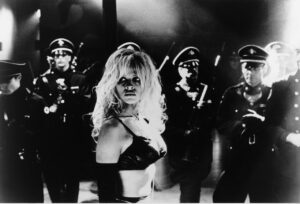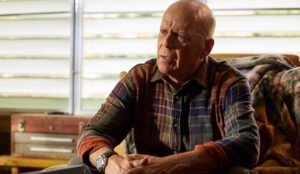Nordic warriors, arch assassins, menacing mercenaries and avenging heroes invade the June schedule on LEGEND, with Channel premieres for William Friedkin’s star-studded military legal drama RULES OF ENGAGEMENT, starring Tommy Lee Jones, Samuel L. Jackson, Guy Pearce and Ben Kingsley, Viking Apocalypse fantasy HAMMER OF THE GODS, and muscle-men Dolph Lundgren and Jean-Claude Van Damme get to one-up in submarine action thriller BLACK WATER.
Other Channel premieres include sinister survivalist thriller FUGITIVES, black-op thriller MAXIMUM CONVICTION, starring Stephen Seagal, stunningly visual historical action-drama SWORD OF VENGEANCE, Vietnam war thriller P.O.W. THE ESCAPE in which David Carradine is a one-man killing machine, and gritty assassin thriller AGE OF KILL, starring Martin Kemp. Dexter Fletcher and Nick Moran.
Also, the cult fantasy / science fiction anthology series THE TWILIGHT ZONE, continues on Saturday and Sunday nights with the Channel premiere of Season 2.
We start on the 1st with FUGITIVES which was inspired by the true events of a couple vacationing on a remote island in the Bahamas who are hunted by a group of modern-day pirates, after their identities and their lives. Directed by Shane Dax Taylor and starring Dominic Purcell, Stephen Lang and Tricia Helfer. Then on the 7th in HAMMER OF THE GODS a young man transforms into a brutal warrior as he travels the unforgiving landscape in search of his long-lost brother, Hakan the Ferocious, whose people are relying on him to restore order to their kingdom. A UK production, directed by Farren Blackburn and starring James Cosmo and Charlie Bewley. The following evening in MAXIMUM CONVICTION Tom Steele (Steven Seagal) is an operations genius. Manning (Steve Austin) is a weapons expert. Their next assignment is to safely deliver two female convicts to a top-secret military prison. But once the women have been incarcerated a squadron of ruthless, violent mercenaries targets them, intent on gaining high-risk information that could be lethal in the wrong hands. It’s now up to Steele and Manning to protect them at any cost.
SWORD OF VENGEANCE on the 14th is set where after years of slavery, a Norman Prince returns to the lost lands to seek revenge on his father’s murderer: his uncle, the ruthless Earl Durant. He gains the trust of a band of exiled farmers and leads them into battle against the Earl, exploiting them in his inexorable quest for revenge. Can there be any redemption for his deep-rooted rage and hatred, or has he lost his soul to vengeance? A British-Serbian production directed by Jim Weedon. The next night in P.O.W. THE ESCAPE, Col. Cooper leads a group of American P.O.W.s, battling their way to freedom as Saigon falls to the Viet Cong. Directed by Gideon Amir and starring David Carradine. A star-studded Channel premiere on the 22nd in RULES OF ENGAGEMENT. Col. Terry Childers (Samuel L. Jackson) is a 30-year Marine veteran: a decorated officer with combat experience in Vietnam, Beirut and Desert Storm. But now, the country he served so well has put him on trial for a rescue mission that went terribly wrong. For his attorney, he has chosen Marine Col. Hays Hodges (Tommy Lee Jones), a comrade-in-arms who owes his life to Childers. Bound by duty and friendship, Hodges reluctantly takes the case, even as he begins to doubt the man who saved his life in Vietnam three decades ago.
Jumping to the 27th and AGE OF KILL Sam Blake (Martin Kemp) is running out of time. Living in the shadow of a botched mission that claimed an innocent victim, the disgraced special ops sniper is plunged into a world of darkness when his daughter is taken hostage by a mysterious terrorist. Out of options and with no one to turn to, Blake is forced to carry out their evil bidding and must assassinate six seemingly random targets within six hours on the streets of London. With his old unit closing in and his daughter at the mercy of a psychopath, every second counts. Our last Channel premiere is on the 29th, BLACK WATER. Suspected of attempting to sell information about CIA operatives around the world. legendary CIA agent Scott Wheeler (Jean Claude Van Damme) is imprisoned aboard a high-security navy submarine. Wheeler is interrogated before seizing his chance to escape his captors. Trapped on the ship and under ?re, Wheeler must befriend rookie agent Cassie (Jasmine Waltz) and German special forces operative Marco (Dolph Lundgren) in order to get off the ship alive.

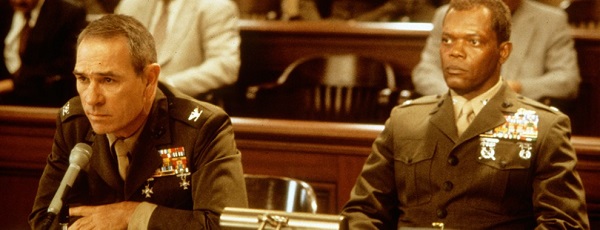
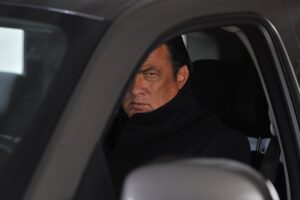
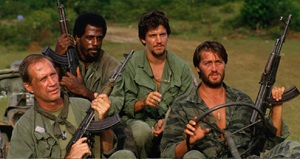
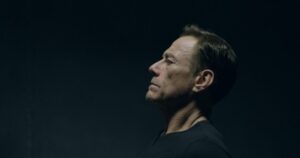
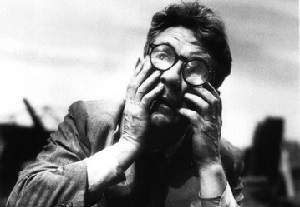
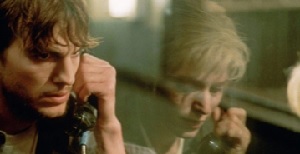
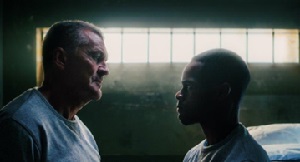
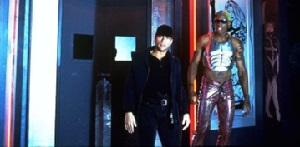
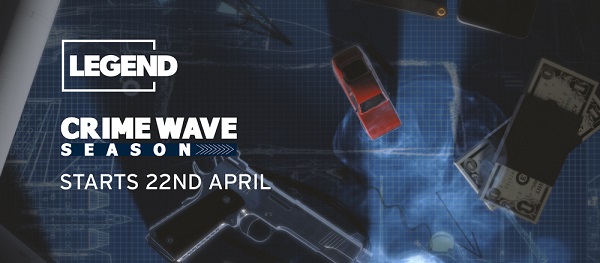
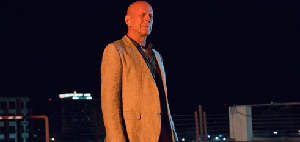
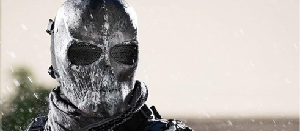

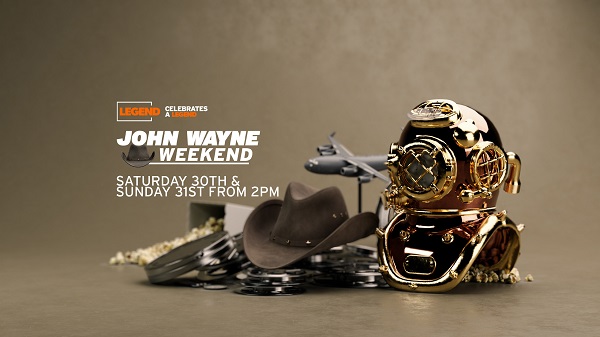
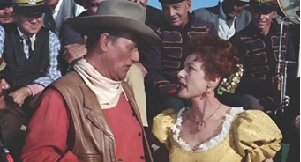

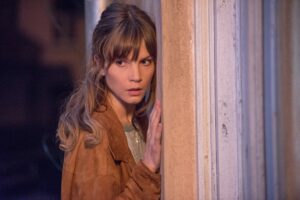



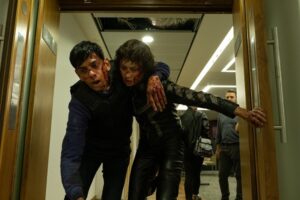
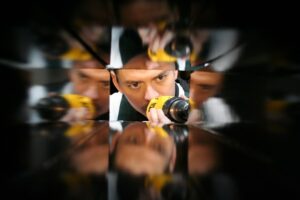
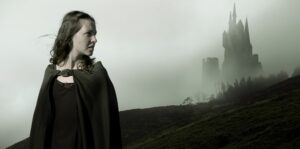
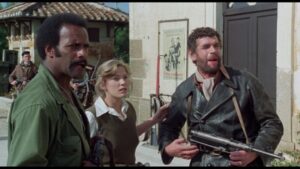
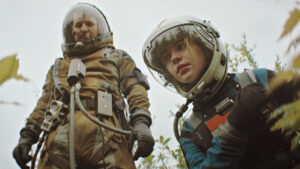
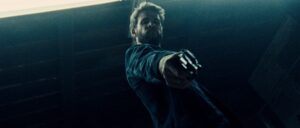
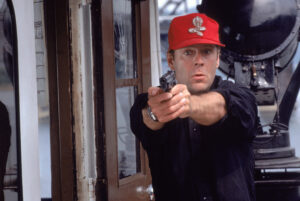
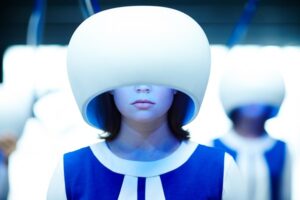
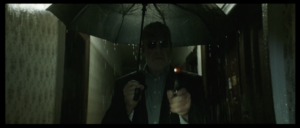

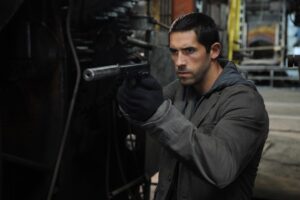
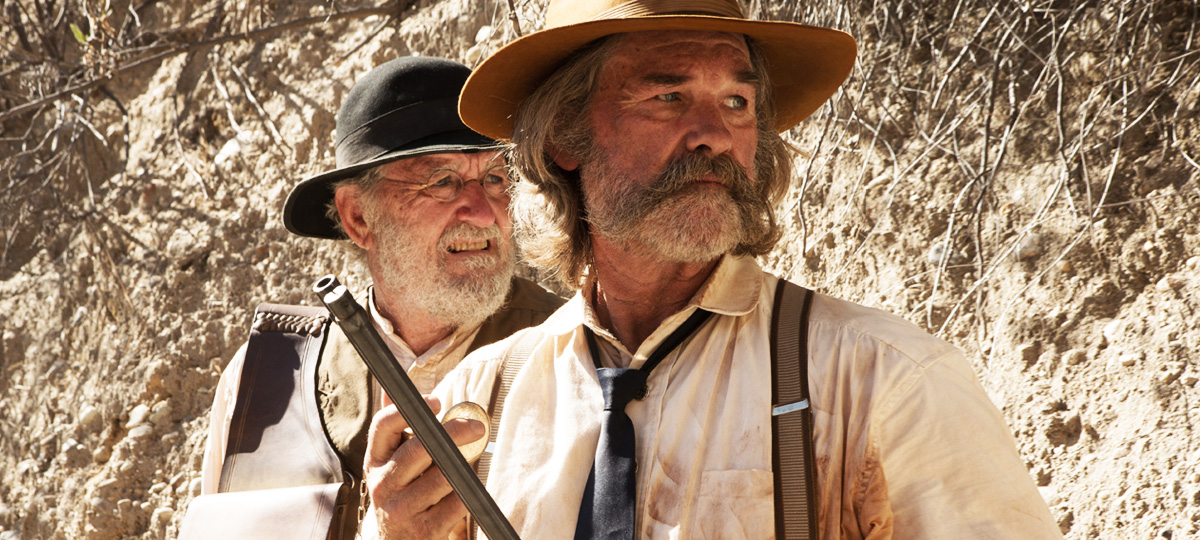 Strap yourself in for a seasonal tsunami of action and suspense this December as LEGEND unwraps a six-pack of Channel premieres including ESCAPE PLAN 2, the second instalment of the electrifying franchise, with Sylvester Stallone and Dave Bautista once again starring. There’s also a first showing for MAN DOWN, with Shia LaBeouf and Gary Oldman headlining this gripping, post-apocalyptic thriller.
Strap yourself in for a seasonal tsunami of action and suspense this December as LEGEND unwraps a six-pack of Channel premieres including ESCAPE PLAN 2, the second instalment of the electrifying franchise, with Sylvester Stallone and Dave Bautista once again starring. There’s also a first showing for MAN DOWN, with Shia LaBeouf and Gary Oldman headlining this gripping, post-apocalyptic thriller.